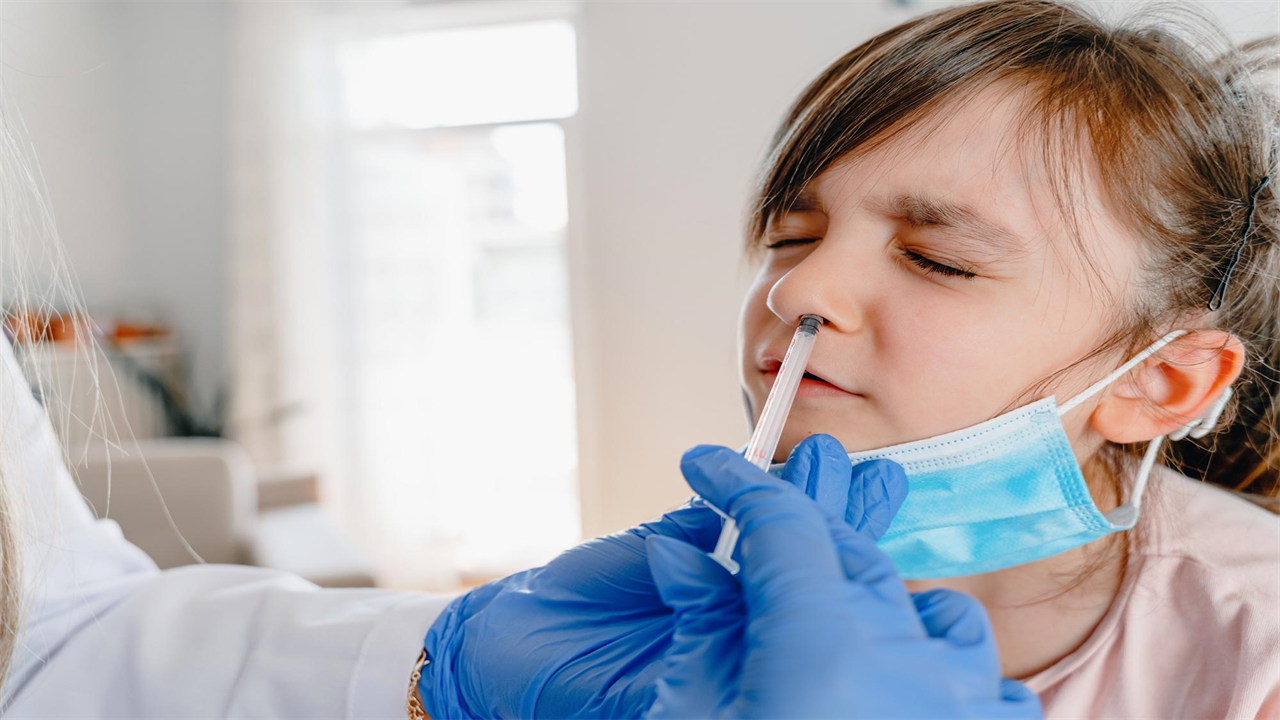Many Advantages to Intranasal COVID-19 Vaccination
0 View
Share this Video
- Publish Date:
- 28 July, 2021
- Category:
- Covid
- Video License
- Standard License
- Imported From:
- Youtube
Tags

Intranasal vaccination is needle-free and elicits immunity at the site of infection, the respiratory tract.
There are many reasons why an intranasal vaccine against the SARS-CoV-2 virus would be helpful in the fight against COVID-19 infections, University of Alabama at Birmingham immunologists Fran Lund, Ph.D., and Troy Randall, Ph.D. , write in an opinion article in the journal Science.
That vaccination route provides two additional layers of protection over intramuscular injections because it produces: 1) immunoglobulin A and resident memory B and T cells in the respiratory mucosa that form an effective barrier against infection at those sites, and 2) cross-reactive resident memory B and T cells that can respond earlier than other immune cells if a viral variant does initiate an infection.
Frank Lund. Credit: UAB
“Given the respiratory tropism of the virus, it seems surprising that only seven of the nearly 100 SARS-CoV-2 vaccines currently in clinical trials are administered intranasally,” said Lund and Randall. “Advantages of intranasal vaccines include needleless administration, delivery of antigen to the site of infection, and eliciting of mucosal immunity in the respiratory tract.”
Their point of view article expands on the individual benefits and challenges of each of the seven intranasal vaccine candidates. Six are viral vectors, including three different adenovirus vectors, and one candidate each for live attenuated influenza virus, live attenuated respiratory syncytial virus, and live attenuated SARS-CoV-2. The seventh vaccine candidate is an inert protein subunit.
One of the drawbacks of using viruses that humans may have encountered before is the negative interference of anti-vector antibodies that hinder vaccine delivery. And because of the minimal risk of the live attenuated SARS-CoV-2 virus returning, it would likely be contraindicated for infants, people over the age of 49, and immunocompromised individuals.
“Notably absent from the list of intranasal vaccines are those formulated as lipid-encapsulated mRNA,” Lund and Randall said, listing some of the challenges and adverse side effects associated with that approach.
“Ultimately, the goal of vaccination is to induce long-term protective immunity,” the UAB researchers concluded. By comparing the pros and cons of intranasal vaccination with intramuscular vaccinations, they suggest that effective vaccination may not have to be limited to a single route.
“The ideal vaccination strategy,” concluded the immunologists, “may use an intramuscular vaccine to elicit a long-lived systemic immunoglobulin G response and a broad repertoire of central memory B and T cells, followed by an intranasal booster that enhances memory. B and T recruit cells to the nasal passages and direct their differentiation further toward mucosal protection, including immunoglobulin A secretion and tissue-resident memory cells in the airways.”
Reference: “Scent of a vaccine” by Frances E. Lund and Troy D. Randall, July 23, 2021, Science.
DOI: 10.1126/science.abg9857
At the UAB, Lund is professor of microbiology and holds the Charles H. McCauley chair in microbiology. Randall is a professor of medicine in the Department of Clinical Immunology and Rheumatology, and he holds the Meyer Foundation William J. Koopman, MD, Endowed Chair in Immunology and Rheumatology.










